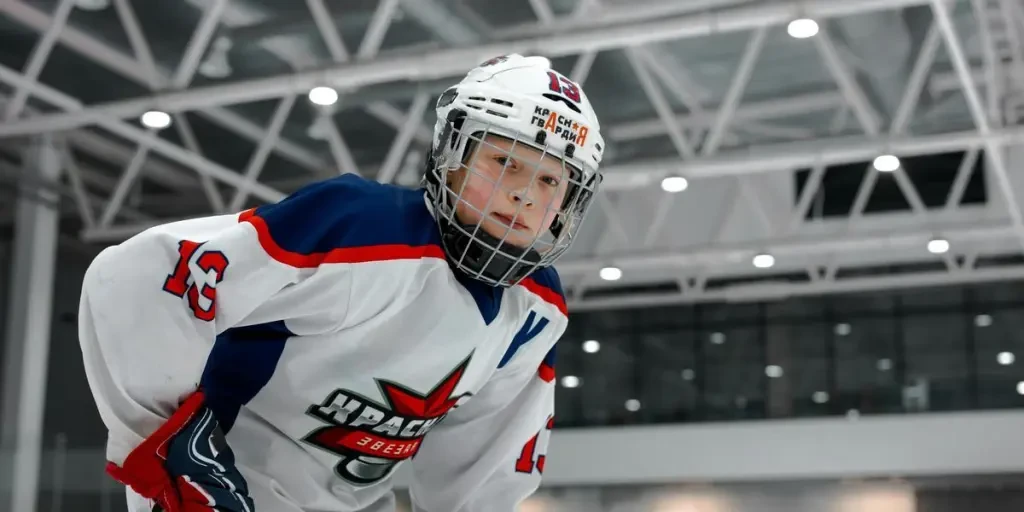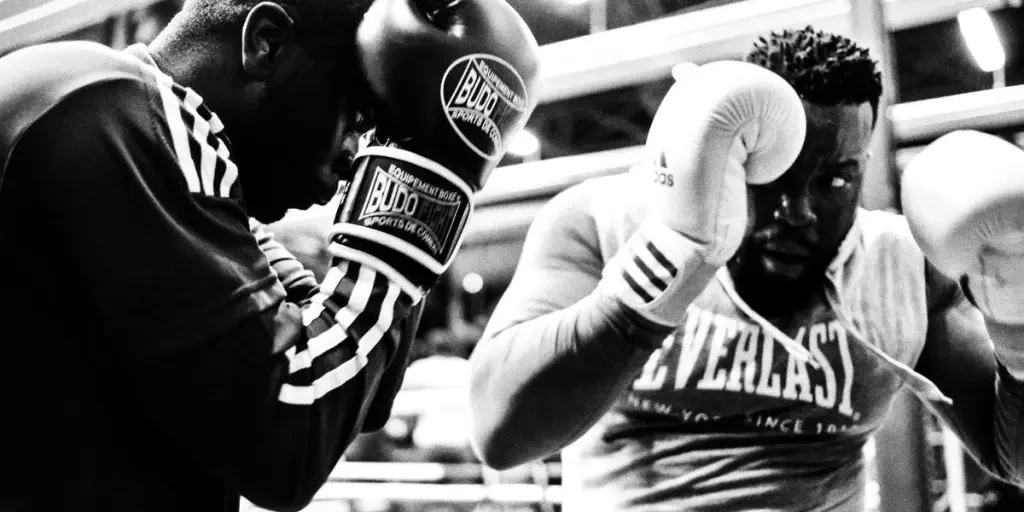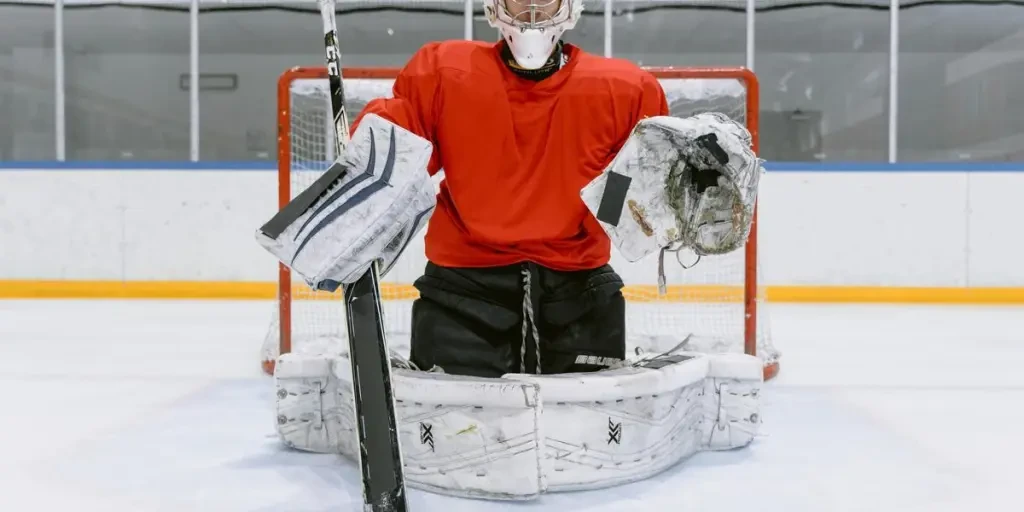Chest protection gear has become an essential component in various sports and industrial applications, providing critical safety and performance benefits. As the demand for enhanced safety measures continues to rise, the chest protection market is experiencing significant growth and innovation. This article delves into the current market landscape, key players, and emerging trends shaping the future of chest protection gear.
Table of Contents:
Market Overview
Innovative Materials and Design
Technological Features and Functionality
Comfort and Safety
Customization and Durability
Conclusion
Market Overview

Current Market Landscape
The global market for chest protection gear is witnessing robust growth, driven by increasing awareness about safety and the rising participation in sports and industrial activities. According to a professional report, the global market for body protection equipment, which includes chest protectors, is estimated at USD 2.8 billion in 2023 and is projected to reach USD 3.9 billion by 2030, growing at a CAGR of 5.2% from 2023 to 2030. This growth is attributed to the rising incidence of workplace accidents and the growing emphasis on personal safety in various sectors.
Key Players and Brands
The chest protection market is highly competitive, with several key players dominating the landscape. Major companies such as 3M Company, Alpha Pro Tech Ltd., and DuPont de Nemours, Inc. are leading the market with their innovative products and extensive distribution networks. These companies are continuously investing in research and development to introduce advanced materials and technologies that enhance the performance and safety of chest protection gear.
Other notable players include Honeywell International, Inc., Kimberly-Clark Corporation, and Lakeland Industries, Inc. These companies have established a strong presence in the market by offering a wide range of chest protection products tailored to meet the specific needs of different industries and sports.
Market Growth and Trends
The chest protection market is characterized by several key trends that are shaping its future. One of the most significant trends is the increasing adoption of advanced materials and technologies to enhance the protective capabilities of chest protectors. For instance, the use of lightweight and high-strength materials such as Kevlar and carbon fiber is becoming more prevalent, providing superior protection without compromising on comfort and mobility.
Another notable trend is the integration of smart technologies into chest protection gear. Smart chest protectors equipped with sensors and monitoring systems can provide real-time data on impact forces and other critical parameters, enabling users to assess their performance and safety more effectively. This trend is particularly prominent in sports, where athletes are increasingly relying on data-driven insights to optimize their training and performance.
The market is also witnessing a growing demand for customized and personalized chest protection solutions. Consumers are seeking products that offer a tailored fit and can be customized to their specific needs and preferences. This trend is driving manufacturers to develop innovative solutions that provide a high level of customization and personalization.
In terms of regional insights, the Asia-Pacific region is expected to witness significant growth in the chest protection market. Countries such as China, Japan, and India are experiencing rapid industrialization and increasing participation in sports, leading to a higher demand for chest protection gear. According to a professional report, the Asia-Pacific region is projected to grow at a CAGR of 4.8% to reach USD 684.4 million by 2030.
Innovative Materials and Design

Advanced Materials for Enhanced Protection
The evolution of chest protection in sports and accessories has been significantly influenced by the development of advanced materials. Modern chest protectors are now crafted from high-performance materials that offer superior impact resistance and durability. For instance, materials like D3O, a patented technology known for its unique molecular structure, provide exceptional shock absorption. When subjected to impact, the molecules in D3O lock together to dissipate energy, offering enhanced protection without compromising flexibility.
Another notable material is Kevlar, renowned for its high tensile strength and lightweight properties. Kevlar is often used in combination with other materials to create multi-layered protective gear that can withstand high-impact forces. This combination not only enhances the protective capabilities of chest protectors but also ensures they remain lightweight and comfortable for extended use.
Ergonomic and Aesthetic Design Trends
In addition to advanced materials, the design of chest protectors has seen significant innovation. Ergonomic design is now a key focus, with manufacturers striving to create gear that conforms to the natural contours of the body. This ensures a snug fit, reducing the risk of the protector shifting during intense physical activity. For example, the Evoc Trail Pro features a hipbelt with stretchy Velcro straps that reduce pressure and friction, enhancing comfort and stability.
Aesthetic design trends have also evolved, with a growing emphasis on sleek, modern looks that appeal to athletes and enthusiasts alike. Customizable options, such as interchangeable panels and color schemes, allow users to personalize their gear to match their style. This blend of functionality and aesthetics ensures that chest protectors not only perform well but also look good, encouraging more widespread use.
Technological Features and Functionality

Smart Technology Integration
The integration of smart technology into chest protectors is revolutionizing the industry. Smart sensors embedded in the gear can monitor various parameters, such as impact force and body temperature, providing real-time data to athletes and coaches. This information can be used to assess performance, detect potential injuries, and make informed decisions about training and recovery.
For instance, some advanced chest protectors now feature Bluetooth connectivity, allowing data to be transmitted to a smartphone or tablet. This enables athletes to track their performance metrics over time and adjust their training regimens accordingly. The use of smart technology not only enhances the functionality of chest protectors but also provides valuable insights that can help improve overall athletic performance.
Multi-functional Chest Protectors
Multi-functional chest protectors are becoming increasingly popular, offering a range of features beyond basic impact protection. Some models incorporate hydration systems, allowing athletes to stay hydrated without having to remove their gear. This is particularly useful in endurance sports, where maintaining hydration is crucial for performance and safety.
Additionally, chest protectors with integrated storage compartments provide convenient access to essential items, such as energy gels, keys, and mobile phones. This multi-functional approach ensures that athletes have everything they need within easy reach, reducing the need for additional gear and enhancing overall convenience.
Comfort and Safety

Ensuring Maximum Comfort
Comfort is a critical factor in the design of chest protectors, as gear that is uncomfortable to wear is less likely to be used consistently. Modern chest protectors are designed with features that enhance comfort, such as adjustable straps and breathable materials. For example, the Evoc Trail Pro’s hipbelt pockets are large and easily accessible, providing a comfortable fit even when pulled snug.
Breathability is another important consideration, with many chest protectors incorporating ventilated panels to improve airflow and reduce heat buildup. This is particularly important in hot and humid conditions, where excessive heat can lead to discomfort and decreased performance. By ensuring maximum comfort, manufacturers can encourage more consistent use of protective gear, ultimately enhancing safety.
Safety Standards and Certifications
Adherence to safety standards and certifications is essential for ensuring the effectiveness of chest protectors. Products that meet recognized standards, such as the EN 1621-2 Level 2 certification for impact absorption, provide a higher level of protection and reliability. This certification indicates that the gear has undergone rigorous testing and meets the highest standards for impact resistance.
Manufacturers often highlight these certifications to assure customers of the quality and safety of their products. For instance, the CamelBak Mule Pro and Evoc Trail Pro both boast Level 2 protection, providing peace of mind to users. By prioritizing safety standards and certifications, manufacturers can build trust with their customers and promote the use of protective gear.
Customization and Durability

Personalized Fit and Custom Options
Customization is a growing trend in the chest protection industry, with many manufacturers offering personalized fit options to cater to individual needs. Adjustable straps, interchangeable panels, and custom sizing options allow users to tailor their gear for a perfect fit. This not only enhances comfort but also ensures optimal protection by reducing the risk of the protector shifting during use.
For example, the Evoc Trail Pro is available in multiple sizes, allowing users to dial in a more precise fit. This level of customization is particularly important for athletes with unique body shapes or specific requirements, ensuring that their gear provides the best possible protection and comfort.
Long-lasting Durability and Maintenance
Durability is a key consideration for chest protectors, as gear that wears out quickly can compromise safety and lead to increased costs. High-quality materials, such as Kevlar and reinforced nylon, are commonly used to enhance the durability of chest protectors. These materials are resistant to wear and tear, ensuring that the gear remains effective over time.
Maintenance is also an important factor, with many modern chest protectors designed for easy cleaning and care. Removable panels and washable covers make it simple to keep the gear in good condition, extending its lifespan and maintaining its protective capabilities. By focusing on durability and maintenance, manufacturers can provide long-lasting, reliable protection for athletes.
Conclusion
The chest protection industry is experiencing significant advancements, driven by innovative materials, ergonomic designs, and smart technology integration. These developments are enhancing the functionality, comfort, and safety of chest protectors, making them an essential piece of gear for athletes across various sports. As the industry continues to evolve, we can expect to see even more sophisticated and multi-functional chest protectors that cater to the diverse needs of athletes, ensuring they remain protected while pushing their limits.




